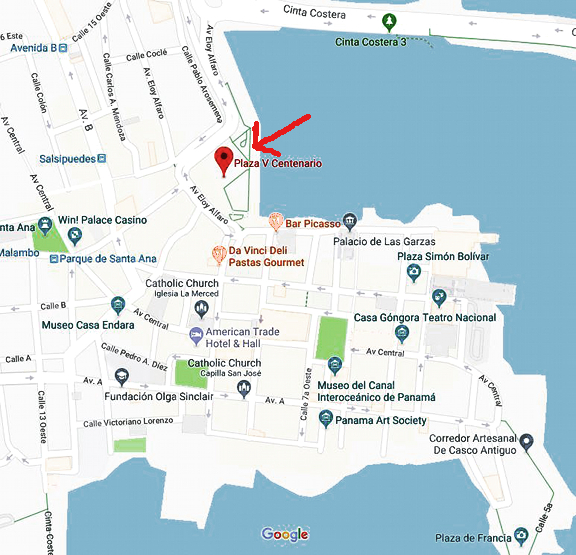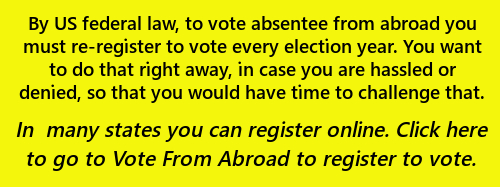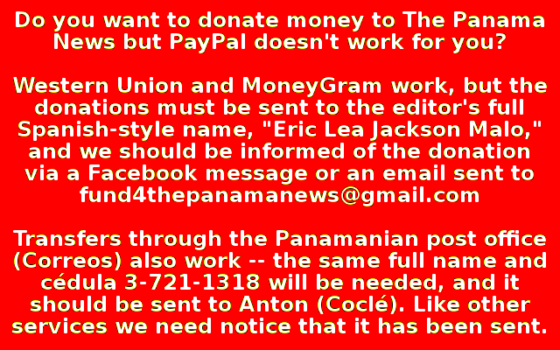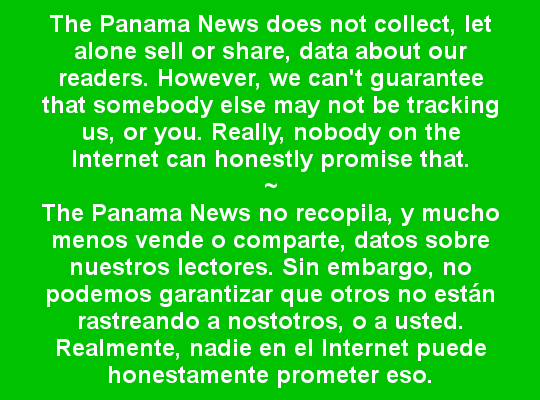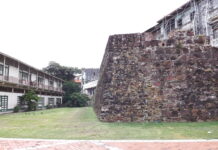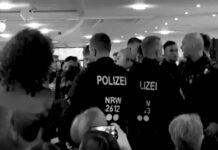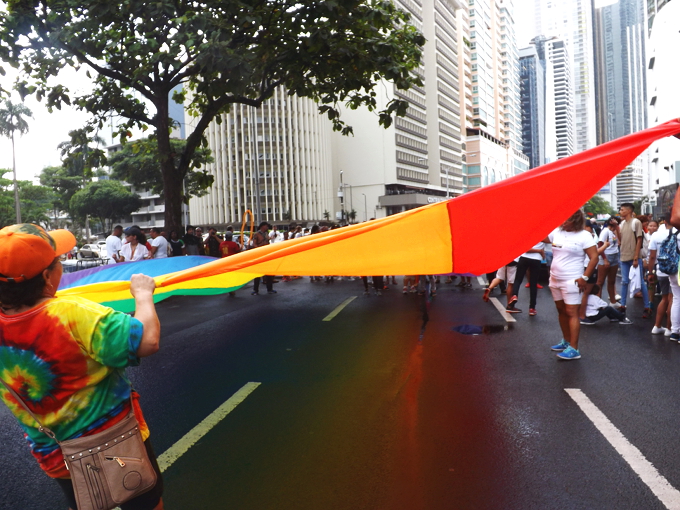
Pride Day in Panama: Saturday, June 30
by Eric Jackson
How much has changed – and how much has stayed the same – in a short few years.
When, nearly two decades ago, members of the local gay and lesbian communities decided to add to the worldwide movement, show their faces and identities and assert their demands for civil and human rights, in newsrooms across Panama the editorial edicts ranged from “we’re a serious publication – we don’t write about sex” to a stress on the colorful novelty of these strange characters coming to Panama. But in the ranks of journalism there were also the lesbians and gay men, some of them out and some carefully not, who knew better. Quite a few straight people in the media knew too.
Something foreign that came to Panama? For US-inspired Evangelical rightists and some of their conservative Catholic allies, and for the sort of hateful politician who will mine any abysmal prejudice for possible advantage, it was a good hook.
Except that from the start gay-tolerant populations and belief systems that have been here a lot longer than theirs added to Pride. It was the Spaniards who imported the idea of burning homosexuals to death on the same faggot piles with purported witches. Panama’s original nations may have had other cruelties embedded into their cultures, but extremist homophobia was never one of them. It took soldiers and missionaries to plant those seed and they never did thrive in Panama’s indigenous cultures. The Guna communities in particular were well represented early on at Pride.
The gay people in the gringo and other foreign communities here were often used to Pride in the countries from whence they came and were also early participants. In time the diplomats of several nations showed their flags, too. And then there were the dual citizens among the first organizers, many absolutely eager to show their homosexual or transgender identities yet hesitant to be known as any nationality other than or in addition to Panamanian. One issue at a time.
It was a Panamanian civil rights movement, an outpouring of grievances by lesbian mothers whose kids were taken away from them by judges just because of their sexual orientation, of men and women fired from public and private sector jobs based on who they were rather than how well they worked and left with no recourse. It was transvestites and transsexuals beaten up on the streets by police, or by civilians in acts of violence that would be condoned by cops and courts. It was a gathering of communities constantly stereotyped and defamed, usually a matter of ignorance and sometimes of calculated malice. It was a community taking terrible losses from the HIV epidemic and often treated on a spectrum from rude to criminal whenever efforts were made to impart life-and-death information about what’s safe and what isn’t to the younger people among them.
From its inception Pride was also a cultural expression, often intentionally outrageous. ‘This is who and what we are and we are pleased with ourselves – get used to us’ was a key message. And by and large people did get used to it, and lost their fears.
The reactions came from bigots at city hall and from fundamentalist pulpits, and with assistance from the US religious right the backlash has grown over the years. The screed is that to afford any rights or respect to sexual minorities is an attack on the family. If Pride diminished fears, “pro-family” bigotry coming in Spanish translation from the US religious right rekindled the fear and hatred.
But everyone in the Pride marches came from and most generally have families. It’s a matter of whether church and state – in many Panamanian instances dominated by men with both wives and mistresses – get to break up the families of those whom they do not approve.
At a certain point over the past few years there came a tipping point. One might point to some “straight” Carnival queens, a few media personalities, a mayor, a United Nations agency, several foreign embassies, a number of businesses, the country’s top corporate law firm or a first lady joining in to add veneers of respectability.
More than those things, it was a shifting public perception of proportion. Is there a serious social and economic problem with teenage pregnancies? Maybe not for adult men who go for teenagers, but in any case it’s not the fault of gay men or lesbians. Do some families break up when the economy goes sour and hard times hit? It’s not because some transgendered person has control of the national or world economy. Is there a risk of being mugged on the streets of Panama City? It’s infinitely lower than usual at the Pride parades. If corruption is endemic in the political caste, surely its incidence is neither lower nor higher among its generally closeted minority of gay members. Panama has problems, and although there are corrupt reverends and politicians who were on the take from the Martinelli regime pointing their fingers, the problems are not the gay, lesbian and transgendered communities. The Electoral Tribunal has banned public opinion polls, but it’s a safe bet that garden variety maleantes and crooked politicians are taken as far more serious threats than people who want to marry someone of the same sex.
Just a couple of years ago, talk among the marchers was that marriage equality was not on the agenda in Panama and would not be anytime soon. Now there are cases pending before the courts which may legalize same-sex marriages. But in the National Assembly simple public health measures like sex education in the schools remain blocked by religious forces and the sticky-fingered deputies who pander to them.
It’s a long march, not an easy one. But this year it’s bigger than ever. Pride Day will be the culmination of a month of educational and cultural events. The parade, starting and ending at Plaza V Centenario where the Cinta Costera abuts the Casco Viejo – is only a part of a full day of activities.
The activities in Quincentennial Plaza start at 8 a.m. with a physical fitness component – yoga, exercises and martial arts exhibitions. All day long there will be varied entertainment, demonstrations of various skills, dog shows, artwork and handcrafts for sale and lots of food and beverages.
The parade itself sets out from the plaza at 4 p.m., goes around the Casco Viejo and ends up where it started. The grand marshal is entertainer Gabriela Gnazzo.
Then come the concerts, the performances by the National Ballet and the INAC folk dancing group, the drag queens show and the main musical act, Samy & Sandra Sandoval. The evening will conclude with fireworks.
Lots of fun. People celebrating their identities, their cultures, their senses of humor and tastes. But deadly serious. There are lives in the balance – gay kids who might be bullied into suicide, people whose lives might be made miserable by a constant need to hide who and what they are in the face of discrimination, a nation that stands to lose productivity from a work force with members whose talents get discarded, suppressed or limited.
Pride is not just a feeling but a movement, one that faces powerful opposition. It will be out in force on June 30 in Panama City.
~ ~ ~
These announcements are interactive. Click on them for more information.
u

